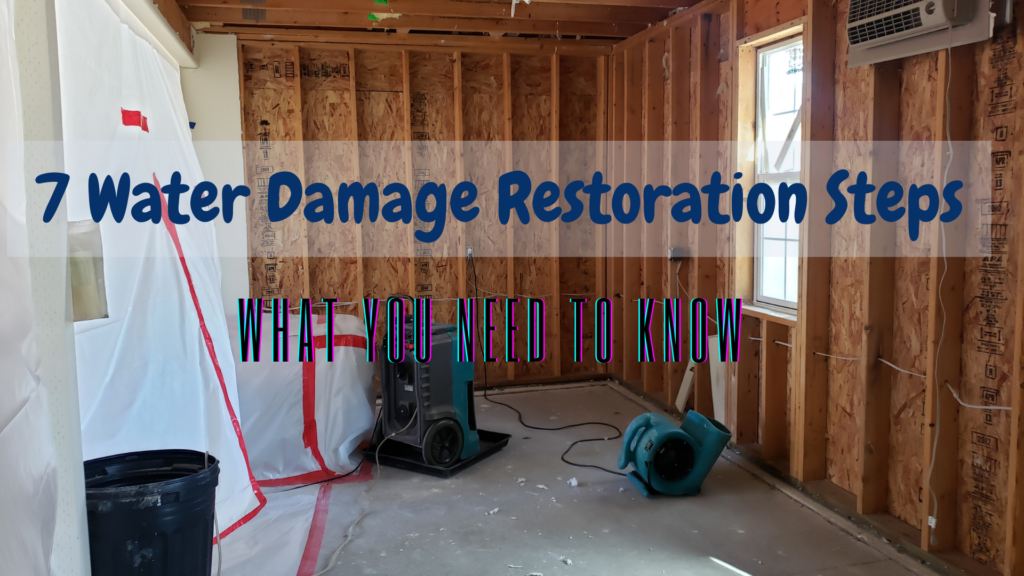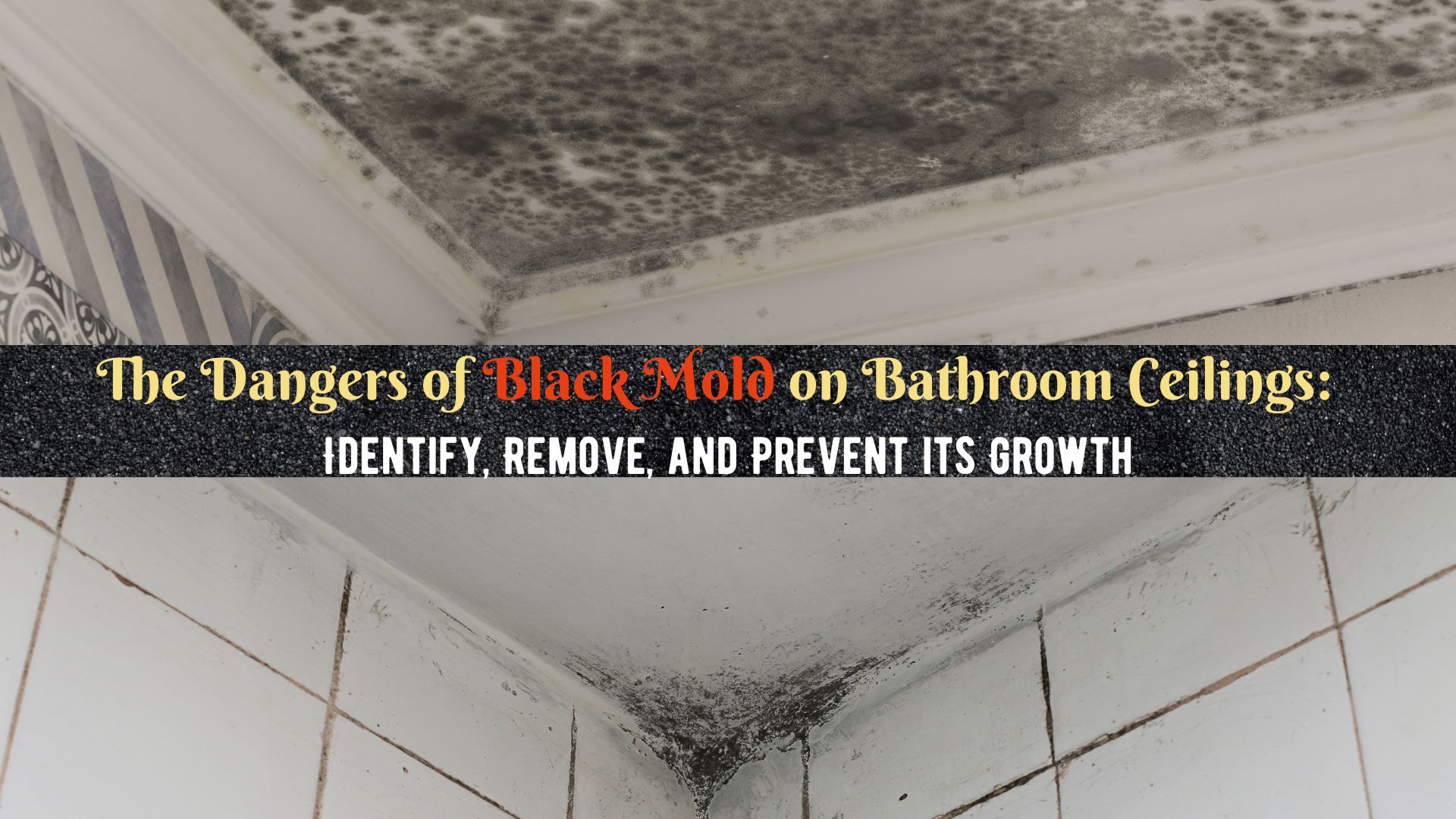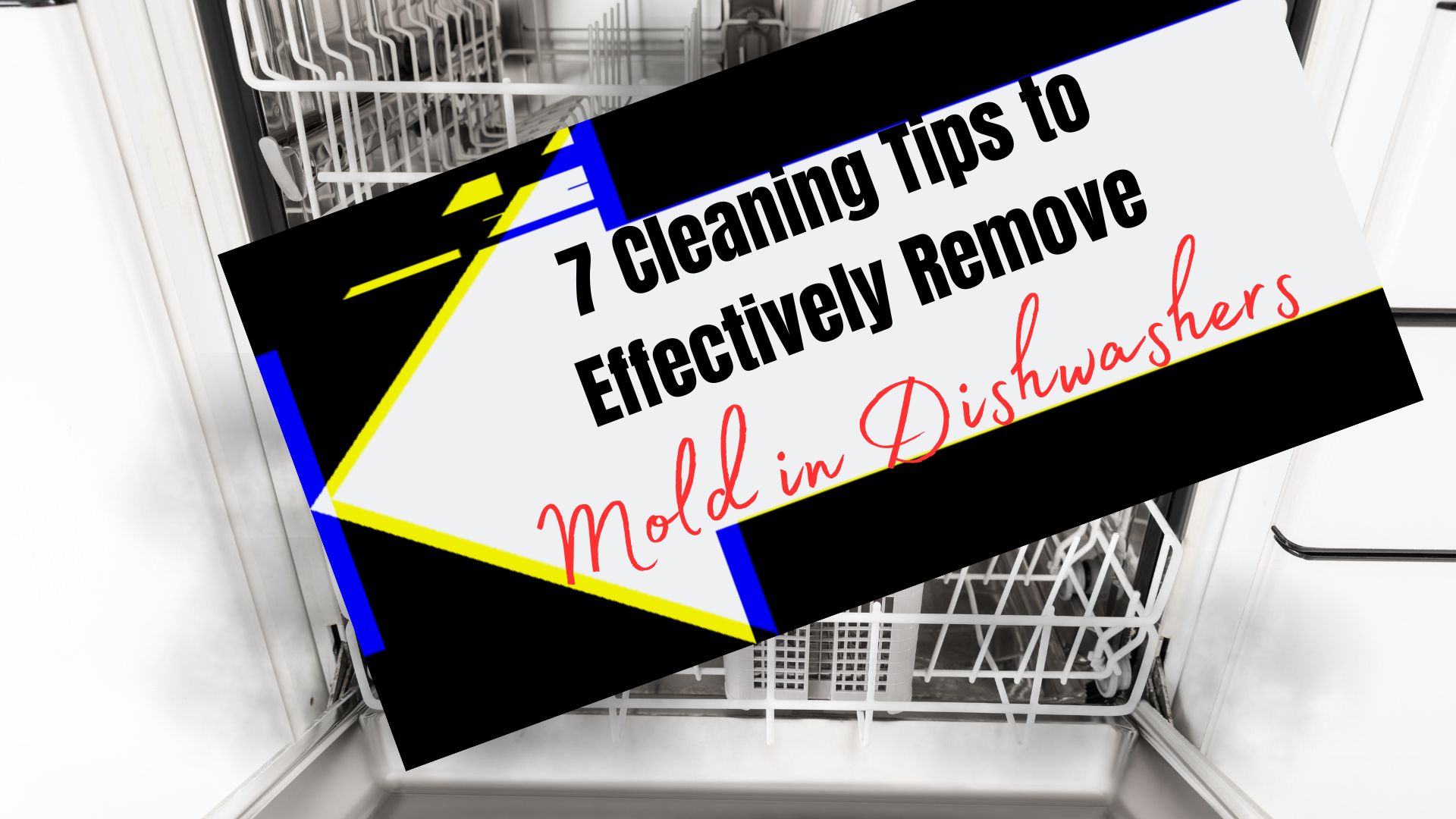Neglecting to repair water damage after severe water damage or flooding in your home can be one of the most devastating things you will ever experience. Broken pipes, leaking appliances, sewer backups, flooded basements, or water damage after a fire can all cause significant problems. Therefore, it is essential to take immediate water damage restoration steps to mitigate the damage and prevent further issues.
Dealing with water damage repair is urgent as mold can develop in as little as 24 hours, even from small amounts of water. Water damage may lead to various safety hazards and structural issues that may go unnoticed until it’s too late.
Firstly, you need to stop any leak or source of the problem immediately. Afterward, you should contact a professional to initiate proper water damage restoration procedures to repair and restore your home after a flood. This will prevent additional water and moisture damage in homes and bring your home back to its original state.
Define Water Damage
Let’s first define water damage before discussing the steps to take after it occurs. Water damage refers to the destruction of your home interior due to water, which can be caused by several incidents, including:
- Bursting of a frozen pipe that saturates your walls/ceiling
- Leakage of rainwater into your room, causing damage to your walls and ceiling
- Soaking of your bathroom floors due to an overflowing sink or toilet
- Leaking appliances, such as a dishwasher leak
- Sewage damage
Now that we clearly understand what water damage is, let’s proceed with the steps after experiencing it.
7 Prompt Water Damage Restoration Steps
1. Contact your insurance company to initiate the process of claiming water damage insurance.
Depending on your policy, the insurance company will dispatch an adjuster to evaluate the damage and determine if it falls under your policy’s coverage.
Document every item’s value and take several pictures before, during, and after the cleanup to assist the adjuster during the evaluation process.
2. Safeguarding yourself, your loved ones, appliances, and other belongings.
In any significant home disaster, such as water damage or flooding, the safety of yourself and your family should be the top priority. To ensure safety, take several precautions inside your home.
- For safety purposes, turn off the power to your home, as water and electricity are a dangerous combination. However, if switching off the electricity requires standing in wet areas, it is better to avoid it and call an electrician—only attempt to enter a flooded home once the electricity is switched off.
- When re-entering your home, wear protective gear such as rubber boots and gloves to prevent bacterial infections caused by contaminated water.
- To protect your valuables, elevate wooden furniture from wet carpet areas and place tin foil under the feet to avoid staining. Additionally, remove any rugs on damp flooring.
In case of severe flooding, it may be necessary to evacuate your home. Ensure that it is safe to return before starting the water damage restoration steps. Refrain from attempting to drive through flooded areas.
3. Begin the water damage restoration steps instantly.
It is crucial to document all the water damage in a flooded home before initiating the water damage removal process to facilitate future insurance claims.
Water damage restoration steps should commence 24-48 hours after receiving clearance to re-enter the home. However, in many cases, the extent of the damage may require professional help from a restoration service to ensure the water damage removal process is conducted safely and efficiently.
It may be necessary to remove flooring, drywall, and insulation to prevent the spread of mold and mildew. Depending on the degree of the water damage, furniture may need to be dried, cleaned, or discarded. Drying hardwood floors should start as soon as possible since water and moisture can cause extensive damage to them.
4. Ways to eliminate water damage and reduce humidity levels.
- If you initiate the drying process yourself, ensure you wear protective equipment. Determine what can be salvaged and discard anything severely damaged or unsafe to use.
- In cases of excess water, you can use buckets or plastic containers to eliminate the water and a mop to soak up any remaining water in hard-to-reach places. Once most of the water is gone, use a wet-dry vacuum to complete the job, and let the area air out and dry out completely.
- To hasten the process, you can use a dehumidifier.
- With less stagnant water, you can use a wet-dry vacuum from the start.
After removing all standing water from your home, you will still need to address damp objects, mainly if you reside in a highly humid area. If you can switch on your electricity, use central air conditioning to eliminate humidity. Air movers, like floor fans and dehumidifiers, can also help dry damp areas of your home.
Avoid the growth of mildew, molds, and other residual issues that could result if you hurry back in. You may require the assistance of a professional water damage restoration company to ensure a dry home.
Time is of the essence, and research demonstrates that initiating the drying process within the initial 24 hours and thoroughly drying a home within 3-4 days will nearly eradicate the risk of mold and mildew.
5. How to recognize mold.
After the initial 24 hours of a flood, mold can develop and become challenging to eliminate once it has begun growing. The chances of mold growth can be minimized by quickly removing items from the water and initiating the drying process.
In severe cases, completely removing the affected areas may be necessary. It is advisable to be cautious and seek professional assistance to assess the situation.
Inhibiting Mold After Water Damage
When you locate water damage in your home, take crucial measures to inhibit mold growth. Be cautious not to spread mold spores while drying out the affected areas. Mold can grow in various areas of your home, such as closets, basements, and showers.
Seeking professional assistance with the drying process to minimize the risk of mold growth is generally the best decision.
6. Determining which items require restoration following water damage.
Repairing water damage caused by flooding in your home typically requires the most time. It may involve replacing flooring and walls, repairing broken possessions, and other related tasks. In the case of major construction, it is essential to hire an expert.
7. Determining when it’s safe to move back into your home.
After receiving approval from your insurance company, restoration or construction company, and local government (in the case of natural disasters), you can move back into your home that is clean, dry, and free of mold.
Water Damage Restoration Steps by Superior Restoration
Water damage restoration is the process of cleaning, repairing, and restoring a property damaged by water. Superior Restoration is a company that specializes in water damage restoration services, and they follow a comprehensive process to ensure that their client’s properties are restored to their pre-damaged condition.
Call us today for further particulars about our services. We are ready to aid you in emergencies, 24/7.





